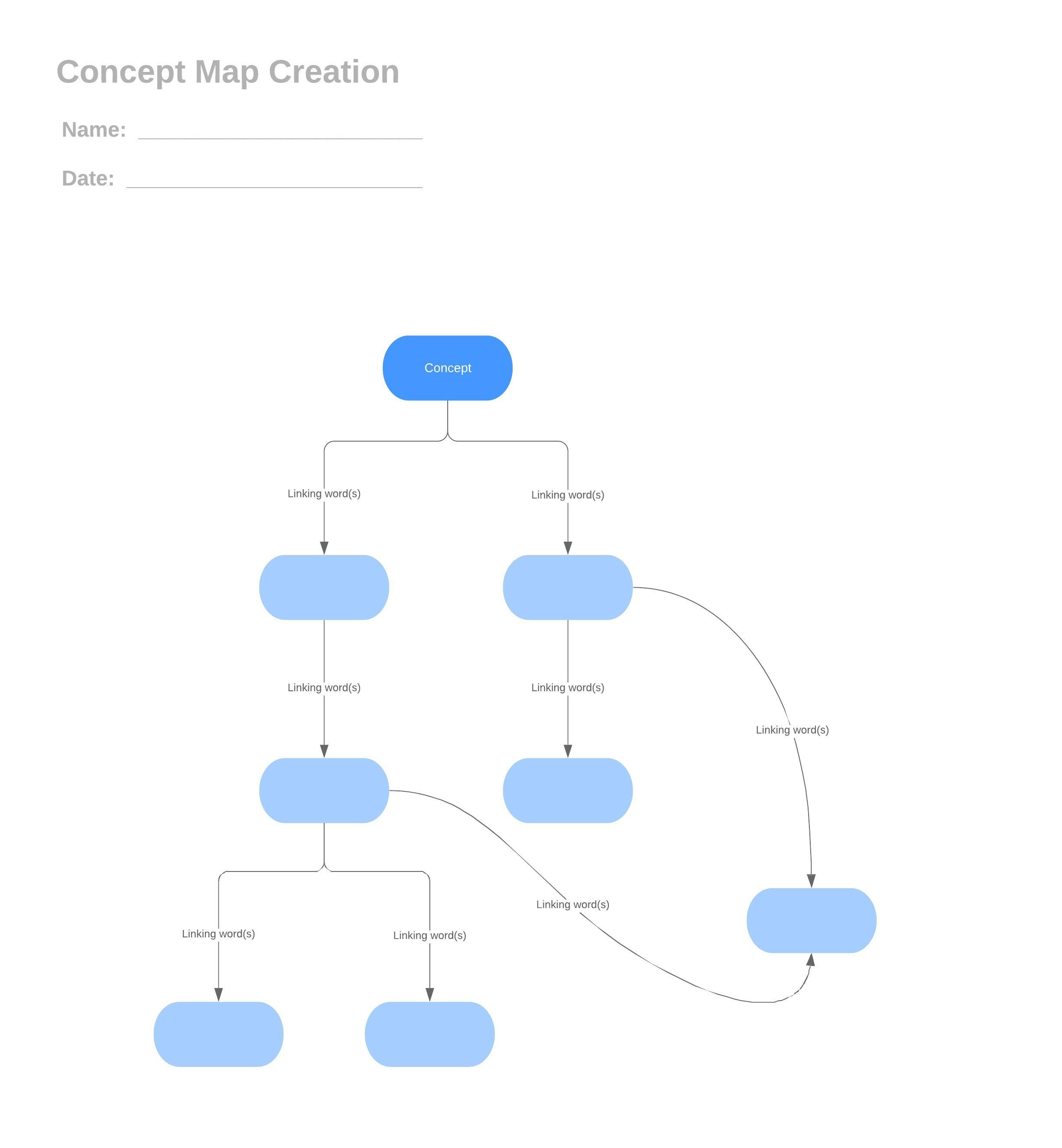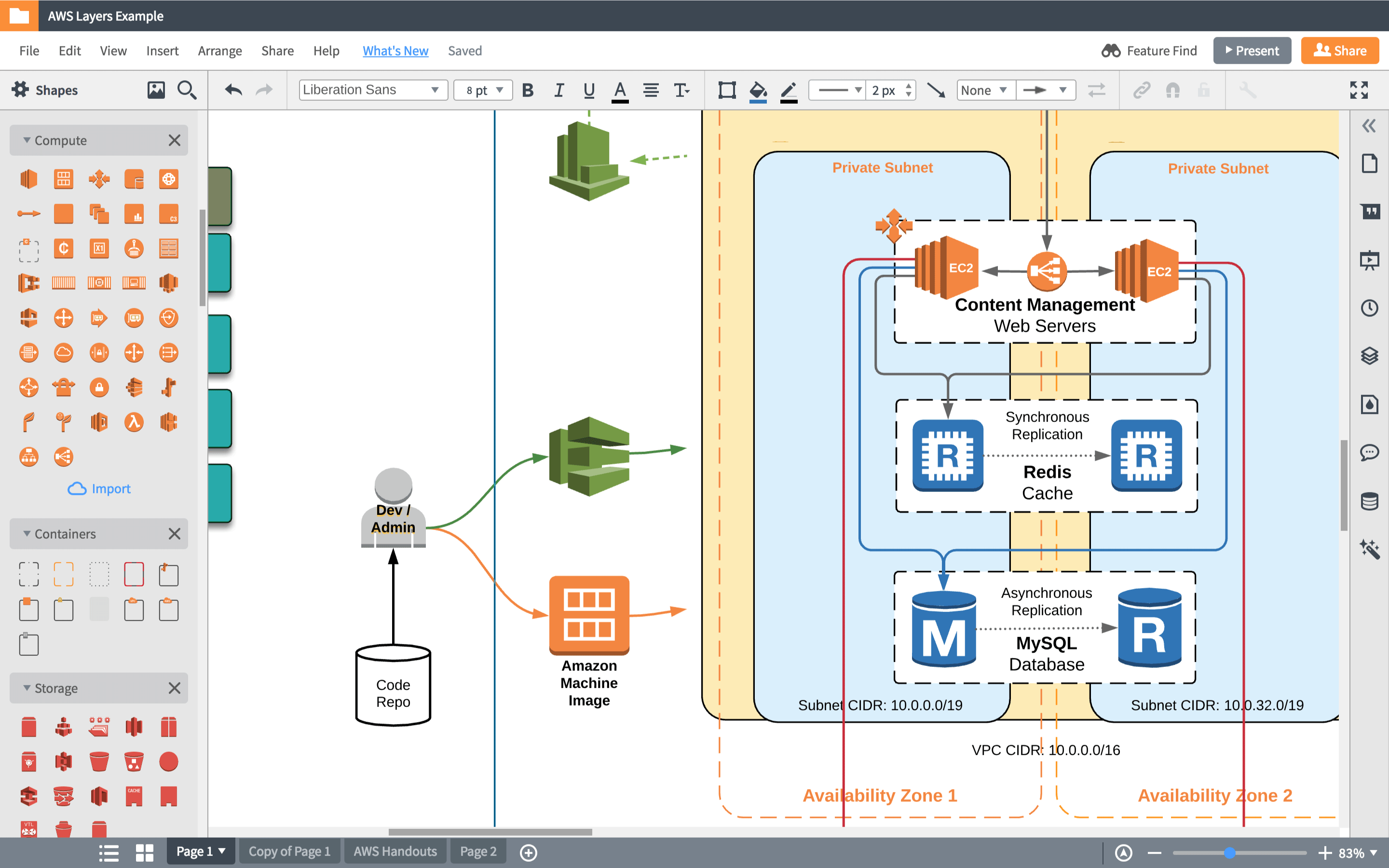

- #LUCIDCHART CLOUD INSIGHTS HOW TO#
- #LUCIDCHART CLOUD INSIGHTS PASSWORD#
- #LUCIDCHART CLOUD INSIGHTS DOWNLOAD#
- #LUCIDCHART CLOUD INSIGHTS FREE#
Select Enable SAML Authentication, and then click Optional.ī. On the SAML Authentication Settings dialog page, perform the following steps:Ī. In a different web browser window, log into your Lucidchart company site as an administrator.
 In the Add Assignment dialog, click the Assign button. If no role has been set up for this app, you see "Default Access" role selected. If you are expecting a role to be assigned to the users, you can select it from the Select a role dropdown. In the Users and groups dialog, select B.Simon from the Users list, then click the Select button at the bottom of the screen. Select Add user, then select Users and groups in the Add Assignment dialog. In the app's overview page, find the Manage section and select Users and groups. In the applications list, select Lucidchart. In the Azure portal, select Enterprise Applications, and then select All applications. In this section, you'll enable B.Simon to use Azure single sign-on by granting access to Lucidchart.
In the Add Assignment dialog, click the Assign button. If no role has been set up for this app, you see "Default Access" role selected. If you are expecting a role to be assigned to the users, you can select it from the Select a role dropdown. In the Users and groups dialog, select B.Simon from the Users list, then click the Select button at the bottom of the screen. Select Add user, then select Users and groups in the Add Assignment dialog. In the app's overview page, find the Manage section and select Users and groups. In the applications list, select Lucidchart. In the Azure portal, select Enterprise Applications, and then select All applications. In this section, you'll enable B.Simon to use Azure single sign-on by granting access to Lucidchart. #LUCIDCHART CLOUD INSIGHTS PASSWORD#
In the User name field, enter the For example, Select the Show password check box, and then write down the value that's displayed in the Password box. In the User properties, follow these steps:. Select New user at the top of the screen. From the left pane in the Azure portal, select Azure Active Directory, select Users, and then select All users. In this section, you'll create a test user in the Azure portal called B.Simon. On the Set up Lucidchart section, copy the appropriate URL(s) as per your requirement. #LUCIDCHART CLOUD INSIGHTS DOWNLOAD#
On the Set up Single Sign-On with SAML page, in the SAML Signing Certificate section, click Download to download the Federation Metadata XML from the given options as per your requirement and save it on your computer.

In the Sign-on URL text box, type the URL as: On the Basic SAML Configuration section, enter the values for the following fields: On the Set up single sign-on with SAML page, click the pencil icon for Basic SAML Configuration to edit the settings. On the Select a single sign-on method page, select SAML. In the Azure portal, on the Lucidchart application integration page, find the Manage section and select single sign-on.
 Test SSO - to verify whether the configuration works.įollow these steps to enable Azure AD SSO in the Azure portal. Create Lucidchart test user - to have a counterpart of B.Simon in Lucidchart that is linked to the Azure AD representation of user. Configure Lucidchart SSO - to configure the single sign-on settings on application side. Assign the Azure AD test user - to enable B.Simon to use Azure AD single sign-on. Create an Azure AD test user - to test Azure AD single sign-on with B.Simon. Configure Azure AD SSO - to enable your users to use this feature. To configure and test Azure AD SSO with Lucidchart, perform the following steps: For SSO to work, you need to establish a link relationship between an Azure AD user and the related user in Lucidchart. Wait a few seconds while the app is added to your tenant.Ĭonfigure and test Azure AD SSO for LucidchartĬonfigure and test Azure AD SSO with Lucidchart using a test user called B.Simon. Select Lucidchart from results panel and then add the app. In the Add from the gallery section, type Lucidchart in the search box. To add new application, select New application. Navigate to Enterprise Applications and then select All Applications. On the left navigation pane, select the Azure Active Directory service. Sign in to the Azure portal using either a work or school account, or a personal Microsoft account. To configure the integration of Lucidchart into Azure AD, you need to add Lucidchart from the gallery to your list of managed SaaS apps. Lucidchart supports Just In Time user provisioning. Lucidchart supports Automated user provisioning and deprovisioning (recommended). In this tutorial, you configure and test Azure AD SSO in a test environment. Lucidchart single sign-on (SSO) enabled subscription.
Test SSO - to verify whether the configuration works.įollow these steps to enable Azure AD SSO in the Azure portal. Create Lucidchart test user - to have a counterpart of B.Simon in Lucidchart that is linked to the Azure AD representation of user. Configure Lucidchart SSO - to configure the single sign-on settings on application side. Assign the Azure AD test user - to enable B.Simon to use Azure AD single sign-on. Create an Azure AD test user - to test Azure AD single sign-on with B.Simon. Configure Azure AD SSO - to enable your users to use this feature. To configure and test Azure AD SSO with Lucidchart, perform the following steps: For SSO to work, you need to establish a link relationship between an Azure AD user and the related user in Lucidchart. Wait a few seconds while the app is added to your tenant.Ĭonfigure and test Azure AD SSO for LucidchartĬonfigure and test Azure AD SSO with Lucidchart using a test user called B.Simon. Select Lucidchart from results panel and then add the app. In the Add from the gallery section, type Lucidchart in the search box. To add new application, select New application. Navigate to Enterprise Applications and then select All Applications. On the left navigation pane, select the Azure Active Directory service. Sign in to the Azure portal using either a work or school account, or a personal Microsoft account. To configure the integration of Lucidchart into Azure AD, you need to add Lucidchart from the gallery to your list of managed SaaS apps. Lucidchart supports Just In Time user provisioning. Lucidchart supports Automated user provisioning and deprovisioning (recommended). In this tutorial, you configure and test Azure AD SSO in a test environment. Lucidchart single sign-on (SSO) enabled subscription. #LUCIDCHART CLOUD INSIGHTS FREE#
If you don't have a subscription, you can get a free account. To get started, you need the following items:
Manage your accounts in one central location - the Azure portal. Enable your users to be automatically signed-in to Lucidchart with their Azure AD accounts. Control in Azure AD who has access to Lucidchart. When you integrate Lucidchart with Azure AD, you can: #LUCIDCHART CLOUD INSIGHTS HOW TO#
In this tutorial, you'll learn how to integrate Lucidchart with Azure Active Directory (Azure AD).








 0 kommentar(er)
0 kommentar(er)
